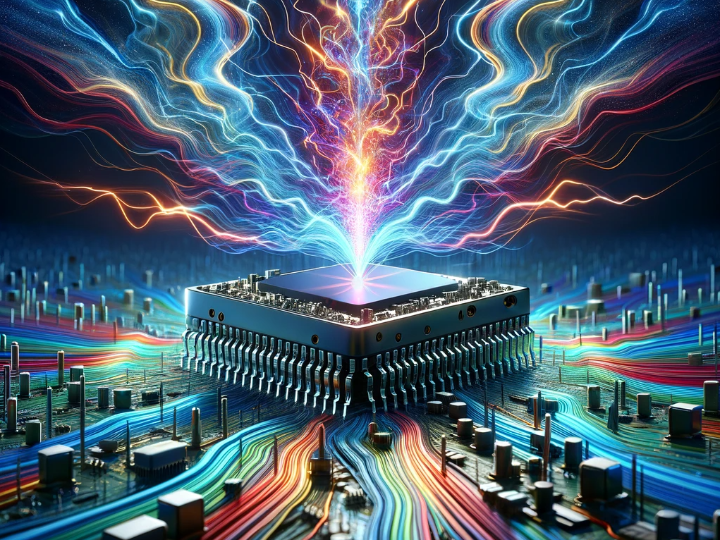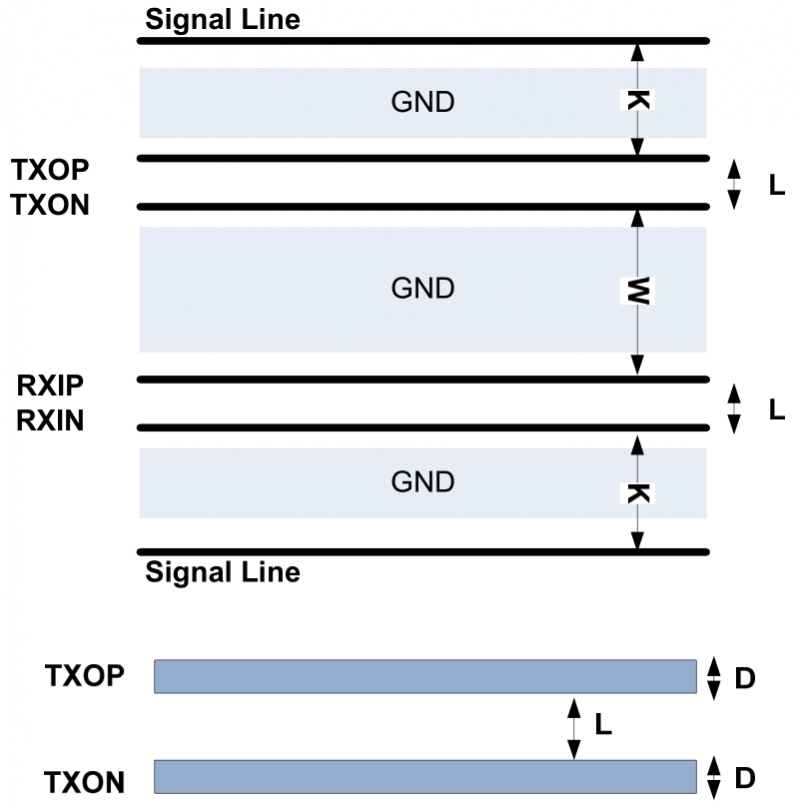Unlocking the Secrets to Ethernet EMI Reduction: Essential Strategies for Network Engineers
This guide covers Ethernet EMI reduction strategies, emphasizing cable selection, grounding, PCB layout, and testing for robust and reliable network performance

In today’s interconnected world, Ethernet networks are ubiquitous, powering everything from home offices to the backbone of global data centers. However, as the reliance on Ethernet grows, so does the challenge of electromagnetic interference (EMI), a pervasive issue that can degrade network performance and reliability. This guide delves into the fundamentals of Ethernet EMI and outlines essential strategies to mitigate its impact, drawing on the comprehensive insights provided by Texas Instruments' application report on reducing radiated emissions in Ethernet LAN applications.
Understanding Ethernet and EMI
Ethernet's widespread adoption is partly due to its robust, standardized signaling methods. At the heart of Ethernet's design are two types of signaling: differential and single-ended. Differential signaling, where signals are transmitted across two wires with opposite polarities, inherently reduces susceptibility to EMI. Single-ended signaling, on the other hand, uses a single wire, making it more prone to noise. Understanding these signaling mechanisms is crucial for network engineers seeking to minimize EMI.
Strategies for EMI Mitigation
Optimizing Cable Selection: The Impact of Quality and Shielding
In the realm of Ethernet LAN applications, the choice of networking cables is not trivial but a foundational step towards mitigating electromagnetic interference (EMI). The document emphasizes the significant reduction in EMI's impact through the selection of high-quality CAT5E or superior cables. These cables, designed with precision, possess the inherent capability to shield the network from external noise sources effectively. The distinction between standard and shielded cables is profound, with the latter offering a robust barrier against electromagnetic disturbances. This protective sheath not only guards the data traversing the network but also preserves the integrity of communication against the invasive nature of EMI. The careful selection and implementation of quality, shielded cables form the cornerstone of a strategy aimed at diminishing the adverse effects of EMI on network performance and reliability.
The Importance of Shielded Connectors and Chassis Grounding
Connectors, often overlooked, play a pivotal role in the Ethernet ecosystem, acting as the critical link between devices. The document underscores the necessity of employing shielded connectors, which, when properly grounded, serve as a bulwark against the infiltration of noise into the system. This strategic choice ensures a continuity of protection that begins with shielded cables, extended through connectors that maintain this defense against EMI. Grounding practices are further elaborated, highlighting the significance of creating a conductive pathway between the network chassis and the system ground. Such meticulous grounding practices are instrumental in mitigating ground loop issues, a common culprit behind EMI. These loops, if unaddressed, can act as antennas, exacerbating the EMI problem. Therefore, the proper grounding of connectors and chassis not only fortifies the network against external noise but also addresses internal vulnerabilities, ensuring a comprehensive approach to EMI reduction.
Balancing Differential Signal Paths: Techniques and Best Practices

The document delves into the intricacies of differential signaling, a method esteemed for its efficacy in noise cancellation. For this mechanism to operate optimally, a harmony must exist between the paths of the differential pairs. This equilibrium is achieved through meticulous design considerations that advocate for equal length traces and a uniform impedance across these pathways. Such precision ensures that the differential signals, each the inverse of the other, effectively nullify the electromagnetic disturbances that might otherwise pervade the network. The alignment extends to the termination components, where matching values and strategic placement further diminish the potential for common mode noise. This noise, if unchecked, stands as a significant source of EMI within Ethernet systems. Through a balanced approach to differential signal path design, engineers can significantly mitigate the risks associated with EMI, preserving the integrity and performance of the network.
Key PCB Design Strategies to Limit EMI
One of the paramount strategies outlined is the physical separation of differential network signals from single-ended digital signals. This segregation is crucial as it directly addresses and significantly reduces capacitive coupling, a prevalent source of EMI in PCB designs. Moreover, the avoidance of parallel routing of these signal types is emphasized as a method to further diminish the risk of EMI, which can degrade network performance and reliability. These design principles are not merely recommendations but foundational strategies that, when implemented, contribute to the overall integrity and efficiency of Ethernet LAN applications by minimizing their susceptibility to electromagnetic disturbances.
The Significance of Power and Ground Plane Management
Within the realm of PCB design, the management of power and ground planes emerges as a critical consideration for reducing noise coupling, thereby mitigating EMI. This placement is deliberate, aimed at creating a buffer zone that filters high-frequency noise, ensuring clean power delivery throughout the system. Additionally, the careful placement of ground vias adjacent to ground pins is underscored as a method to further solidify the ground plane integrity, providing a stable and noise-resistant foundation for the PCB. In scenarios where noise sensitivity is heightened, the addition of ferrite beads is recommended to supplement noise suppression efforts. These beads, by adding a high impedance path at high frequencies, effectively attenuate EMI, ensuring the pristine operation of the network. Collectively, these strategies underscore the critical importance of power and ground plane management in the quest to minimize EMI in Ethernet LAN applications.
Digital I/O Noise Coupling: Minimization Tactics
Digital I/O ports, characterized by their fast edge rates and potential for long trace lengths, are identified as significant sources of EMI within electronic systems. The document advocates for the use of series termination resistors as a method to mitigate the EMI effects associated with these ports. By implementing series termination, the energy of the signal transitions is dampened, reducing the propensity for EMI generation. Furthermore, ensuring balanced signal termination across digital I/Os helps maintain signal integrity, crucial for the accurate and efficient operation of the system. These techniques not only address the immediate concerns related to EMI but also contribute to the overall robustness and reliability of the network infrastructure.
System Test Insights and Compliance
The insights into system testing and compliance with EMI standards are pivotal for validating the effectiveness of the EMI mitigation strategies outlined. Through rigorous testing methodologies, including real-world scenarios and compliance with established EMI standards (e.g., FCC, EN55022), engineers can assess the efficacy of their designs in reducing EMI. This iterative process of design, test, and compliance ensures that the systems not only meet the theoretical expectations for EMI mitigation but also stand up to the practical demands of operation in electromagnetically diverse environments. The commitment to such comprehensive testing underscores the importance of EMI mitigation in the development of reliable, high-performance Ethernet LAN applications.
Conclusion
EMI in Ethernet LAN applications presents a complex challenge, but with a thorough understanding of the underlying principles and a strategic approach to design and testing, it is a challenge that can be met. By applying the strategies outlined in this guide, network engineers can ensure their Ethernet systems are robust, reliable, and compliant with global standards, paving the way for the continued expansion and evolution of networking technologies.
For more detailed information on Ethernet EMI reduction strategies, please visit the following link: https://docs.wiznet.io/Design-Guide/hardware_design_guide
